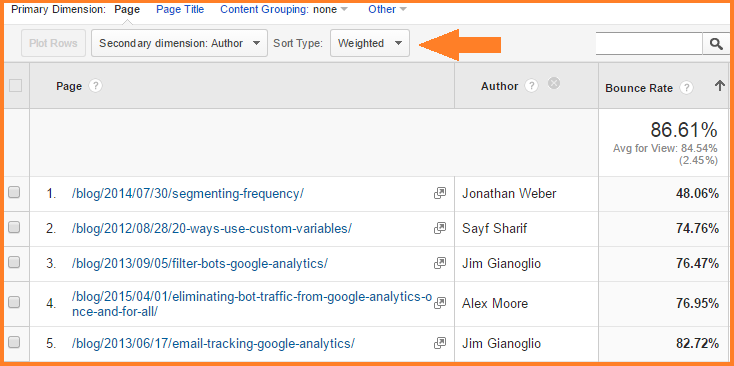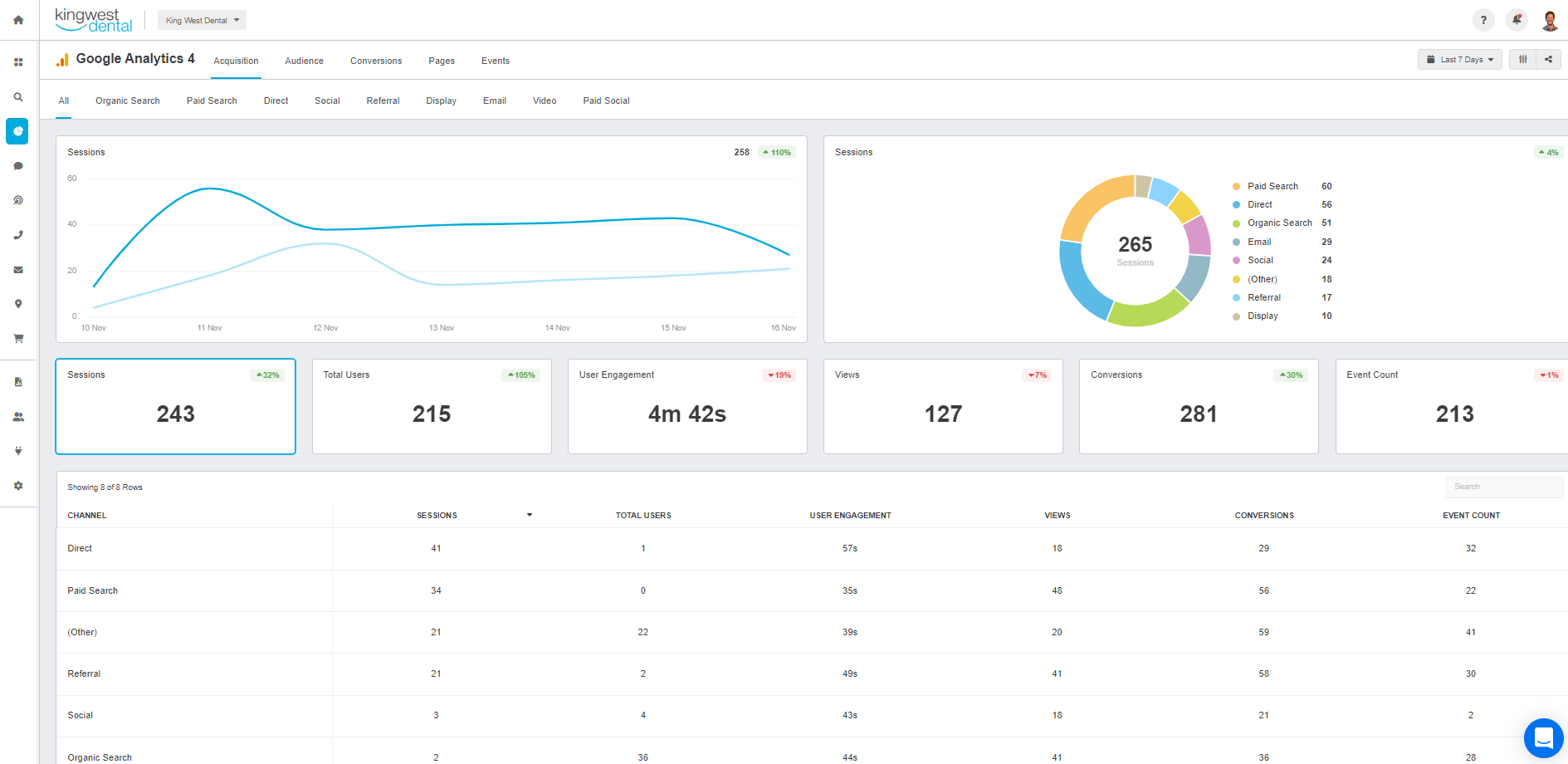Discovering Google Analytics Secondary Dimension: Methods and Benefits
Discovering Google Analytics Secondary Dimension: Methods and Benefits
Blog Article
Maximizing Your Digital Approach With Additional Measurement Analytics: a Comprehensive Guide
In the realm of electronic technique, the usage of secondary measurement analytics can offer a profound understanding of customer behavior and website performance. By diving deeper right into the layers of data beyond the primary metrics, businesses can reveal valuable insights that pave the method for calculated decision-making and enhanced efficiency.
Recognizing Second Measurement Analytics
Recognizing Secondary Dimension Analytics offers an essential insight right into the sophisticated analytical tools made use of in modern data analysis practices. These analytics dive deeper than main dimensions, using a much more extensive understanding of information patterns and trends. By incorporating secondary dimensions, experts can section and filter information to reveal surprise insights that may not be evident with main evaluation alone.
Second Measurement Analytics enables an extra granular evaluation of information by presenting added parameters that can be put on the primary measurements - secondary dimension. This strategy permits a much more nuanced assessment of various information points, causing an extra complete analysis of complicated datasets
Moreover, Additional Measurement Analytics plays a considerable role in enhancing data visualization techniques. By including second measurements right into visual representations, such as charts or charts, experts can offer information in an extra detailed and interesting fashion, making it much easier for stakeholders to comprehend crucial insights and make notified decisions based on the data provided.

Carrying Out Second Measurements Properly
Using additional measurements tactically boosts the deepness and accuracy of information evaluation procedures, allowing for much more specific understandings and educated decision-making. When executing secondary dimensions successfully, it is important to very first identify the crucial metrics that straighten with your details objectives and goals. By choosing the most relevant secondary measurements, such as demographics, habits, or innovation, you can customize your evaluation to remove purposeful insights.
Additionally, organizing and structuring your second dimensions in a sensible fashion within your analytics platform can improve the information interpretation process. secondary dimension. This entails classifying measurements based on their relationships and value to the main metrics being evaluated. Developing custom reports or dashboards that incorporate these secondary measurements can likewise promote a more detailed understanding of individual interactions and behaviors
In addition, frequently reviewing and adjusting your additional measurements based on the developing needs of your digital method is necessary for keeping the significance and efficiency of your data evaluation efforts. By continually maximizing the use of secondary dimensions, you can take full advantage of the utility of your analytics devices and drive informed decision-making within your organization.
Analyzing Data for Actionable Insights

To start the procedure of evaluating data for workable understandings, it is necessary to develop clear goals and key efficiency signs (KPIs) that line up with the organization's objectives. By specifying what success resembles for the certain metrics being evaluated, it comes to be easier to determine meaningful patterns and fads that can inform decision-making.
Furthermore, making use of tools such as segmentation and comparison evaluation can give extra context to the data, allowing for even more nuanced understandings to be attracted. By damaging down information right into smaller sized, much more workable subsets, companies can reveal covert chances and areas for improvement that might not be apparent when taking a look at the data in its entirety.
Optimizing Digital Strategy With Findings
Enhancing digital approaches with actionable understandings amassed from information analysis is critical for achieving optimum efficiency in today's competitive landscape. As soon as beneficial findings have been extracted from the information, the next action is to leverage these understandings to maximize digital strategies efficiently. One vital element check that of this optimization procedure is the identification of trends and patterns that can guide decision-making and resource allocation.
By examining the data findings, businesses can pinpoint locations of stamina and weakness within their electronic technique. This details can then be used to refine advertising and marketing campaigns, boost customer experience, and drive overall efficiency improvement. If the information exposes a particular market team that is highly engaged with particular kinds of web content, companies can tailor their approaches to far better target and cater to this audience section.
Additionally, optimizing electronic method with findings likewise includes constant monitoring and analysis to ensure that the applied modifications are producing the wanted outcomes. By iteratively fine-tuning strategies based on data-driven understandings, businesses can stay in advance of the competition and adjust to the dynamic digital landscape properly.
Measuring Success and Iterating
Gauging success in digital strategy execution involves assessing key performance signs to determine the performance of strategies and tactics released. This assessment is vital in identifying the impact of the digital efforts on the overall company objectives. By tracking blog here metrics such as internet site web traffic, conversion rates, click-through rates, and involvement levels, businesses can assess the efficiency of their electronic projects and make data-driven decisions for improvement.
As soon as the information has actually been collected and analyzed, it is necessary to repeat on the approaches based on the insights gained. By recognizing what is working well and what needs enhancement, organizations can refine their digital technique to boost results.
Verdict
In conclusion, incorporating secondary measurement analytics right into your electronic approach can offer important understandings and boost decision-making. By efficiently applying and analyzing information, organizations can optimize their electronic techniques for success.
Recognizing Additional Dimension Analytics offers a crucial understanding into the sophisticated logical devices used in modern information evaluation techniques. These analytics dig much deeper than key measurements, using an extra comprehensive understanding of information patterns and trends. By incorporating secondary dimensions, experts can sector and filter information to reveal hidden insights that may not be obvious with primary evaluation alone.
Using second measurements purposefully boosts the depth and accuracy of data analysis processes, allowing for a lot more accurate understandings and notified decision-making.Moreover, arranging and structuring your additional click now dimensions in a logical manner within your analytics platform can simplify the information analysis process.
Report this page